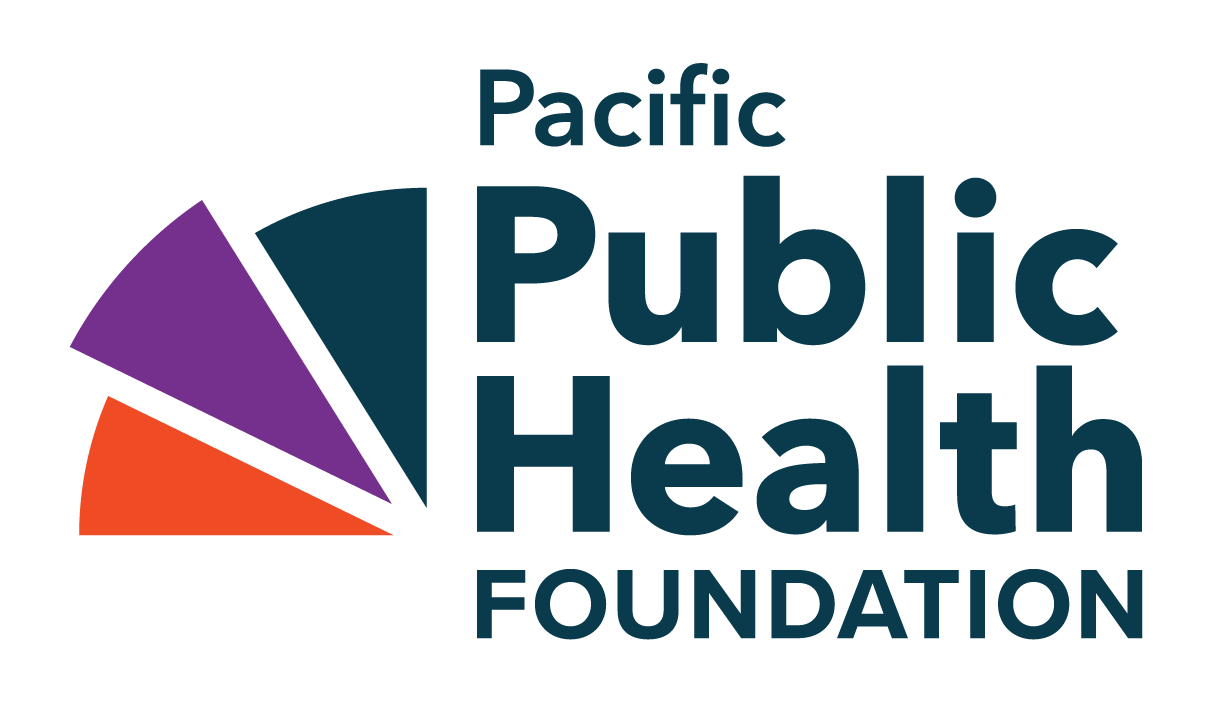“Be active and eat a healthy diet” are some suggestions from the Government of Canada’s healthy living guide that encourage us to make good decisions about our health.
Although these are good goals to have, they can be difficult to achieve, particularly for those who experience obstacles due to systemic barriers that make it difficult to live healthier lives. It’s not enough to be provided with health tips, we should also have opportunities for health and wellness readily accessible. For example, to eat healthy, we need access to healthy food, enough money to buy it, and ample time to prepare it. To be active, we need resources like money, time, energy, and a safe environment to exercise.
Differing circumstances in each of our lives means that our health isn’t entirely up to us. In fact, approximately 75% of our health is determined by other factors. The Social Determinants of Health (SDOH) are a group of social, economic, and environmental factors that impact our place in the world, and our health status.
The Health Impacts of Being a Woman
Gender is a SDOH and a major influencer of overall health. Women, who make up over half of our population in Canada, are at greater risk of infection and disease, violence and abuse, and stigma and discrimination, which negatively impact physical and mental health and well-being. We have International Women’s Day in March and Women’s History Month in October to celebrate the achievements of women, but also to raise awareness of the gaps and inequities that exist. Only 7% of our federal healthcare dollars go to women’s health, and women’s health research is greatly underfunded.
Health is a human right — women and all genders should have the opportunity to reach their highest health potential. In order for women to have control over their health, there are many inter-sectional and inter-connected factors that come into play. All genders deserve the fundamentals, like safe and affordable housing, access to healthy food and health services, and steady and reliable income.
To move toward gender equity in health, we must remove obstacles that hinder women from achieving good health. When we promote gender equality and women’s rights, we are, by consequence, helping to improve health outcomes for women.
Accelerating Action on Gender Equality
This year, the theme of International Women’s Day is Accelerate Action. Our Foundation supports various initiatives that accelerate action for gender equality. We are currently funding the seed2STEM summer research program for Indigenous Youth. In 2024, we sponsored 4 Indigenous young women who interned at the BCCDC, learning valuable skills to use in a career field that employs disproportionately fewer women and Indigenous people.
We are supporting the work of innovative and accomplished women like Drs Natalie Prystajecky and Alexis Crabtree, who, along with their teams, are testing wastewater for trends in unregulated drugs, like fentanyl, to see if it can be used to enhance our response to the toxic drug poisoning crisis.
We fund programs created by leaders in public health like Dr Sofia Bartlett, who founded the Test, Link, Call, program to advance Sexually Transmitted and Blood-Borne Infection (STBBI) treatment for equity-deserving populations, and Dr Sarah Henderson, who is hoping to prevent further heat-related deaths by studying the indoor temperatures in homes of susceptible populations, like those living in poverty, older adults, and those who are precariously housed.
We are also proud to employ some of the most talented and dedicated women, on our team and as Board members, who show passion and dedication each day, and help make public health more accessible and equitable for everyone in our province.
How can we all help accelerate action for gender equality? Here are some ideas:
- challenge gender stereotypes, discrimination and bias
- celebrate women’s achievements
- maintain an inclusive mindset
- call out gendered actions or assumptions
- attend the IWD: Lead with Confidence & #AccelerateAction webinar
- attend the International Women’s Day March in your area
We urge you to act, in your own unique and special way, to improve the lives of women and girls, and all genders, not just on International Women’s Day, but year-round. Through our actions, we can create a healthier, safer, more equitable world for women.

